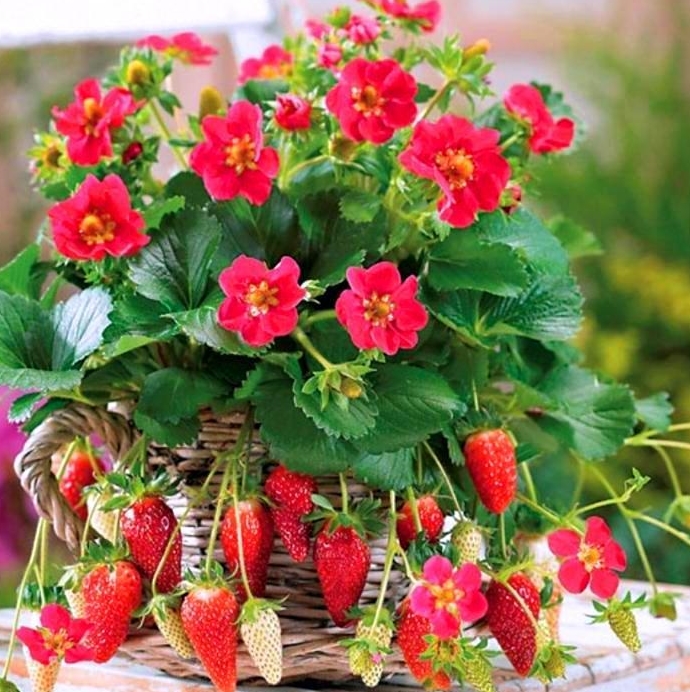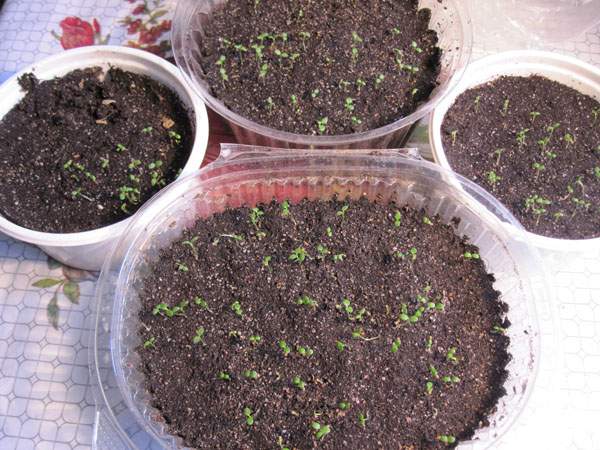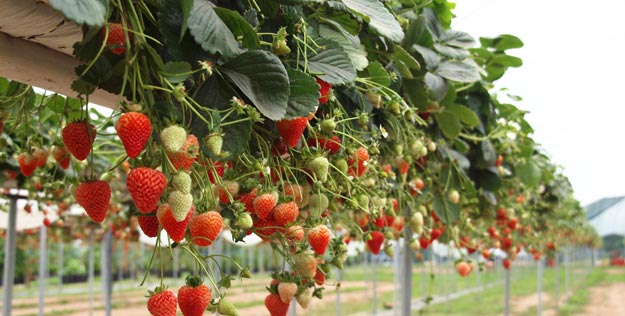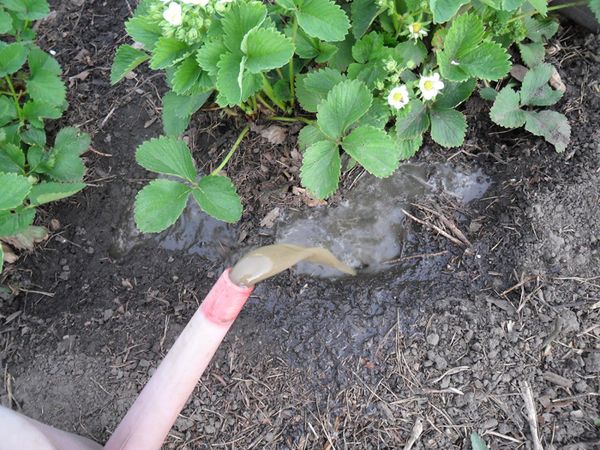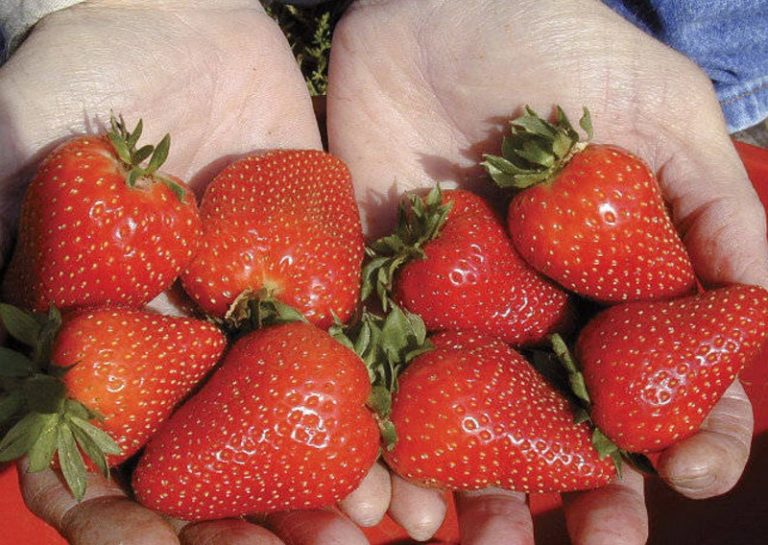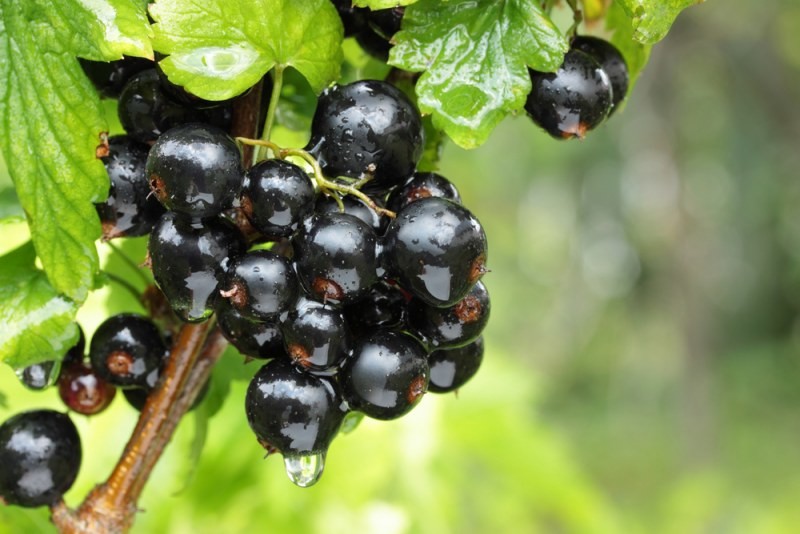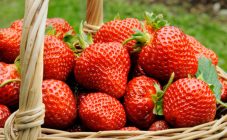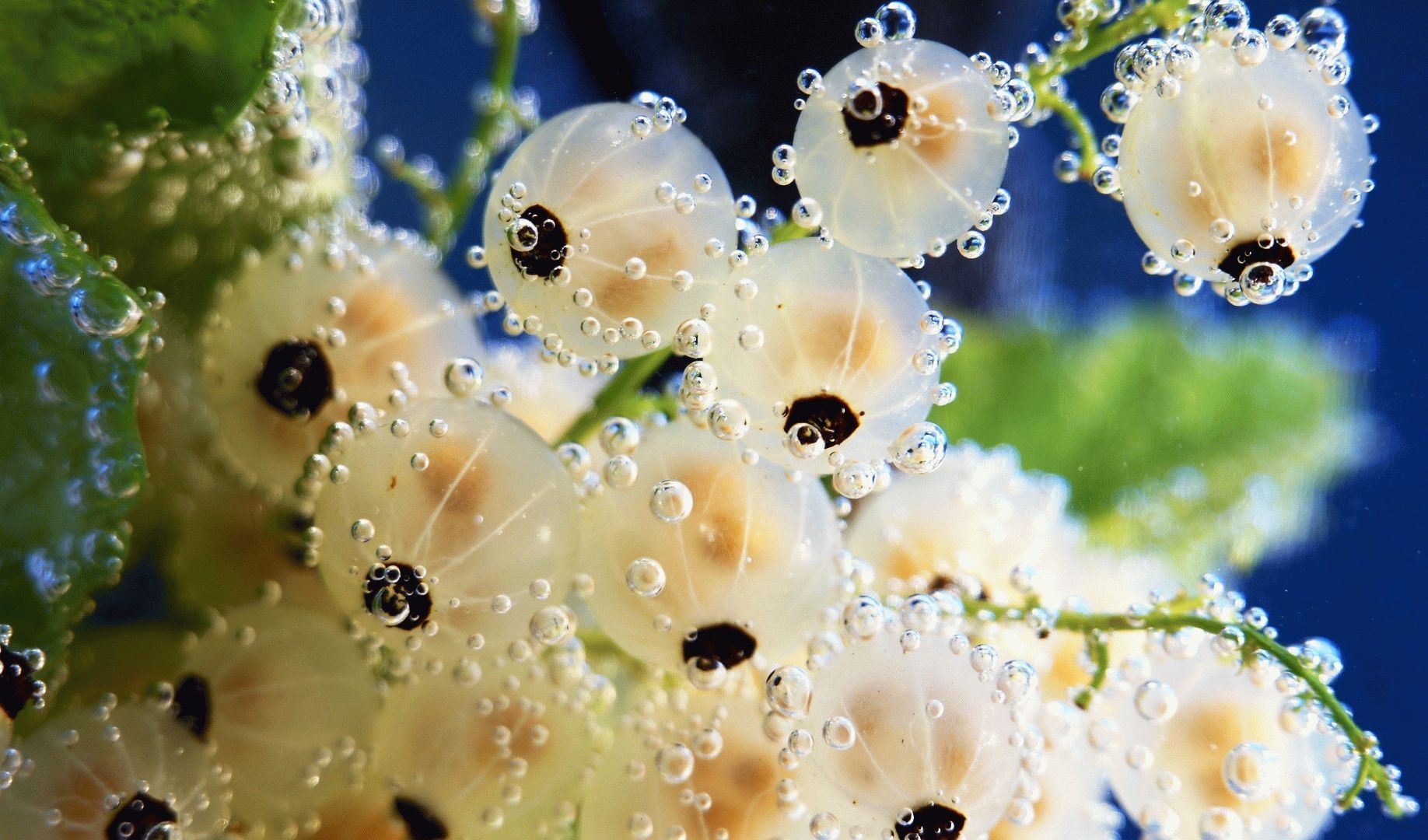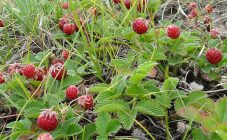Content:
Of the many types of strawberries, the ampelous variety is the most interesting. The existence of cultivation technology in soil and suspended containers has long been known. Therefore, we can say that this is not a new genus or type of berry, but a way of growing a crop.
Characteristics of culture
Ampel strawberry is a herbaceous plant of the Pink family. It belongs to the decorative varieties of the Strawberry genus. This species has no natural vines. The culture got its name for the long antennae and rosettes that bloom and bear fruit without rooting, along with the main mother plant.
- the root system of ampelous strawberries is 20-30 cm, fibrous;
- leaf on a long stem, complex shape;
- a flower of white, pink or light yellow shade on a long peduncle departs from the root collar;
- the fruit is complex, often in the form of an ellipse, a ball, red-pink or white with brown blotches of seeds;
- has a loose antennae, without rosettes;
- almost all varieties of ampelous strawberries are remontant;
- grown in open ground, greenhouses, in hanging pots;
- ampelous strawberries are capable of bearing fruit throughout the entire calendar year.
Gardeners appreciate and love this plant for its decorative and at the same time useful in every sense of the quality. Cultivation in vertical beds of various designs saves space on the backyard. And being able to grow on the balcony means enjoying a strawberry treat all year round.
Agrotechnical data
Ampel strawberry - care and cultivation of a crop involves adherence to simple, but important rules:
- light, drained soil with a neutral acidity level (5.2-5.5 pH) is recommended;
- strawberries require moderate and regular watering;
- for ripening and good taste, 8-10 hours of sunshine a day is needed (in a shady place, the garden may stop bearing fruit);
- ampelous strawberries do not tolerate drafts;
- as a natural fertilizer before planting, crushed green mass of siderates (nasturtium, mustard, phacelia, rapeseed) can be added to the soil;
- it is recommended to use the soil for planting after growing celery (dill, parsley, carrots) and legumes (peas, beans) in it;
- cultivation at home requires constant fertilization to enrich the soil.
Reproduction methods
Reproduction of ampelous strawberries is practically no different from the usual.
Sowing seed into the ground
Taking into account the biological rhythm of plants, the best time is February or March.
The prepared soil is watered, and then the seeds are scattered and lightly pressed into the ground. Cover with foil or glass and put in a bright place.
Watering should be done with a spray bottle, so as not to deepen and displace the seeds.
At a temperature of 15 ° C, seedlings appear in 12-14 days. After the appearance of the second true leaf, the seedlings dive.
Rooting outlets
In May and June, rosettes from the whiskers that are closer to the mother plant are planted in prepared containers with soil. Set in partial shade for 10-12 days for early rooting.
When growing in an apartment, the usual care continues, consisting of watering, fertilizing, loosening and forming bushes. If you plan to create various types of beds in your personal plot, then after rooting, the bushes are left in the open air. Strawberries have time to grow before frost.
Then the containers with the culture are removed to the basement, cellar or other dark and cold room and left without watering until March 1. In early spring, strawberries are brought into the house, but they are put on the windows only after 3-4 days. Observe a moderate watering regime. After two weeks, the plant begins to retreat. And after a month and a half, the strawberries are ready to bloom.
Culture care
Landing
When planting plants in a permanent container or a prepared bed, it is recommended to squeeze the soil around the roots with your hands. This is done so that they immediately get in contact with the ground. In addition, such a simple manipulation helps to remove air pockets.
After planting, ampelous strawberry bushes immediately shed well. You can add plant growth stimulants to the water. For example, humates promote root growth and plant survival.
The ampel type of garden strawberry is suitable for growing on trellises. How to care for tucking large-fruited strawberries (as they are often called)? Whether it is worth tying it up, how to apply fertilizers, loosen, mulch - this will be discussed further.
It is problematic to attach adult bushes to the trellis, it remains to use young ones. In order for the antennae to rise on the trellises, the rosettes begin to root in the fall. It is better to grow such plantings in a greenhouse.
In general, the culture does not need a garter, but for decorative purposes it will look great. It is better to bring ampel strawberries indoors for the winter. Or it should be sprinkled with earth, and then covered like ordinary strawberries or garden strawberries. In an apartment, the plant can grow and bear fruit all year round with proper care.
Fertilization
Strawberries are demanding on the level of soil fertility. Therefore, fertilizing just before planting is not enough. During the growth period, nitrogen is important for her. Two weeks after planting and then every 14 days, regular fertilizing with mineral fertilizers is also carried out. The approximate rate of fertilization is 12 g per adult bush. From natural feedings, you can use wood ash with chicken droppings. For one bush, a dessert spoon of dry droppings and a quarter glass of ash.
In order not to lose the ovary, immediately after the end of flowering, one more top dressing should be carried out. For example, dilute rotted manure with water in a ratio of 1: 8. Add a glass of wood ash to a standard bucket of this composition. Watering is carried out at the rate of half a liter per one strawberry bush.
Watering with a solution of pigeon droppings works well on the formation of large berries. Such feeding is practiced from the time of fruit setting to the beginning of their coloring.
Loosening and mulching
To incorporate fertilizers into the soil, to access oxygen to the root system, preserve moisture in the soil and fight weeds, strawberries, including ampelnaya, must be loosened. Near bushes - to a depth of 2-3 cm, so as not to damage the root system. 8-10 cm is allowed between rows.
After loosening, it is necessary to mulch the bushes. To do this, you can use:
- peel of pine nuts;
- needles;
- composition of equal shares of peat and fine fraction of humus.
This procedure creates the conditions for the supply of nutrients to the roots, ensures good heating and optimal soil moisture.
Chemical treatment
Spraying strawberries with an insecticide solution is necessary in order to protect against all types of pests. Recommended in early May, but no later than 5-6 days before flowering. Chemicals can repel pollinating insects.
Harvesting
Since ampelous strawberries belong to remontant varieties, it is better to pick them after waiting 2-3 days after the berries are completely reddened. During this time, the fruits will acquire a dark red color, gain sweetness and aroma.
In an apartment, you can harvest all year round, combining different types of this plant in pots.
If the culture grows on a personal plot, then it is harvested in the morning, when the dew dries up. In case of rainy weather - when the berries are dry. So that they do not lose their appearance and do not deteriorate, it is recommended to adhere to simple rules:
- pluck with part of the stalk and with a calyx;
- collect immediately in a shipping container, without shifting from one to another;
- do not use metal pots and plastic buckets;
- use a container for transportation of no more than 2-2.5 kg.
Repairing strawberry varieties, which include ampelous species, are not too difficult to grow. They bear fruit several times a year. The culture is unpretentious in care and reproduction. The berries taste great and are aesthetic pleasure.
